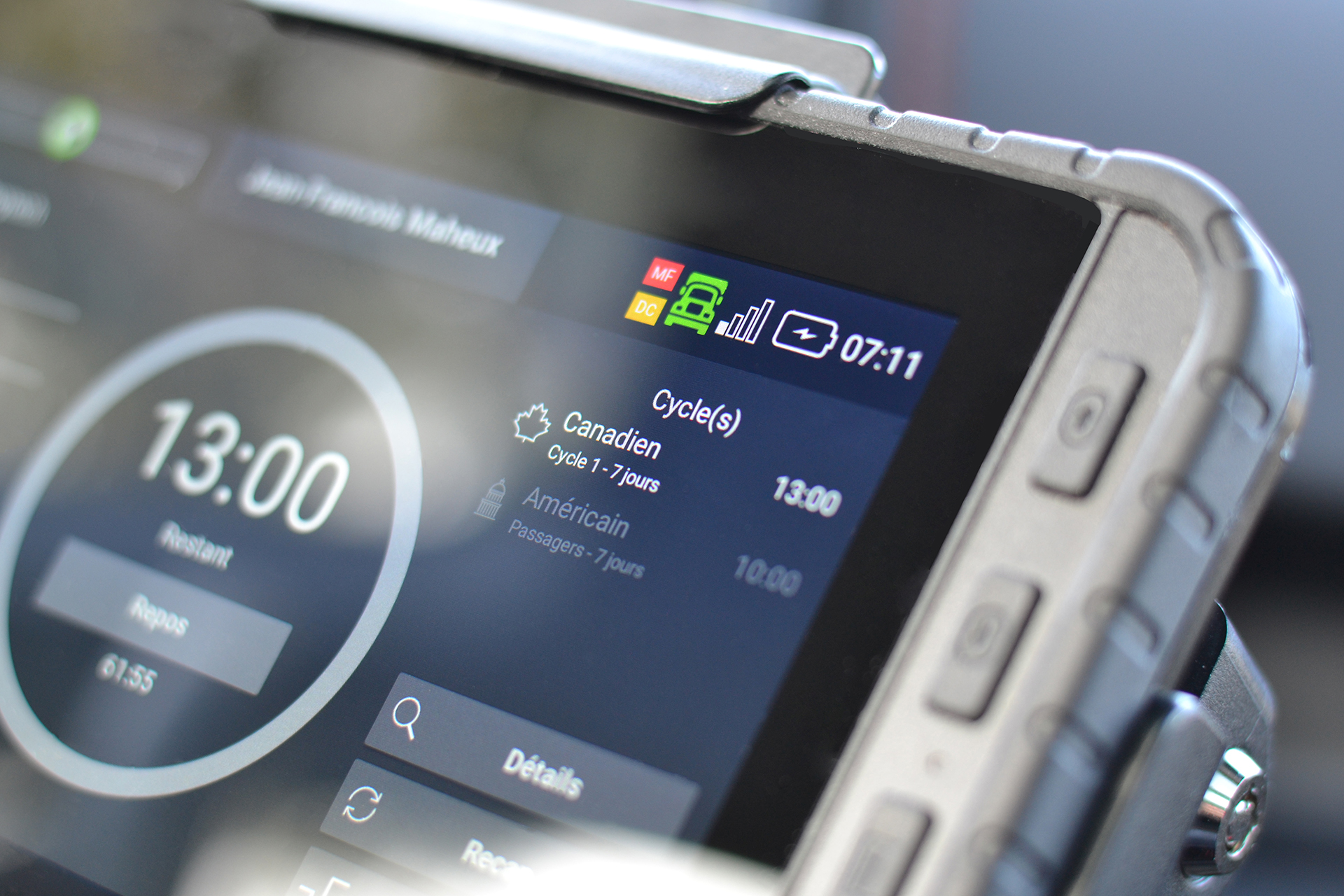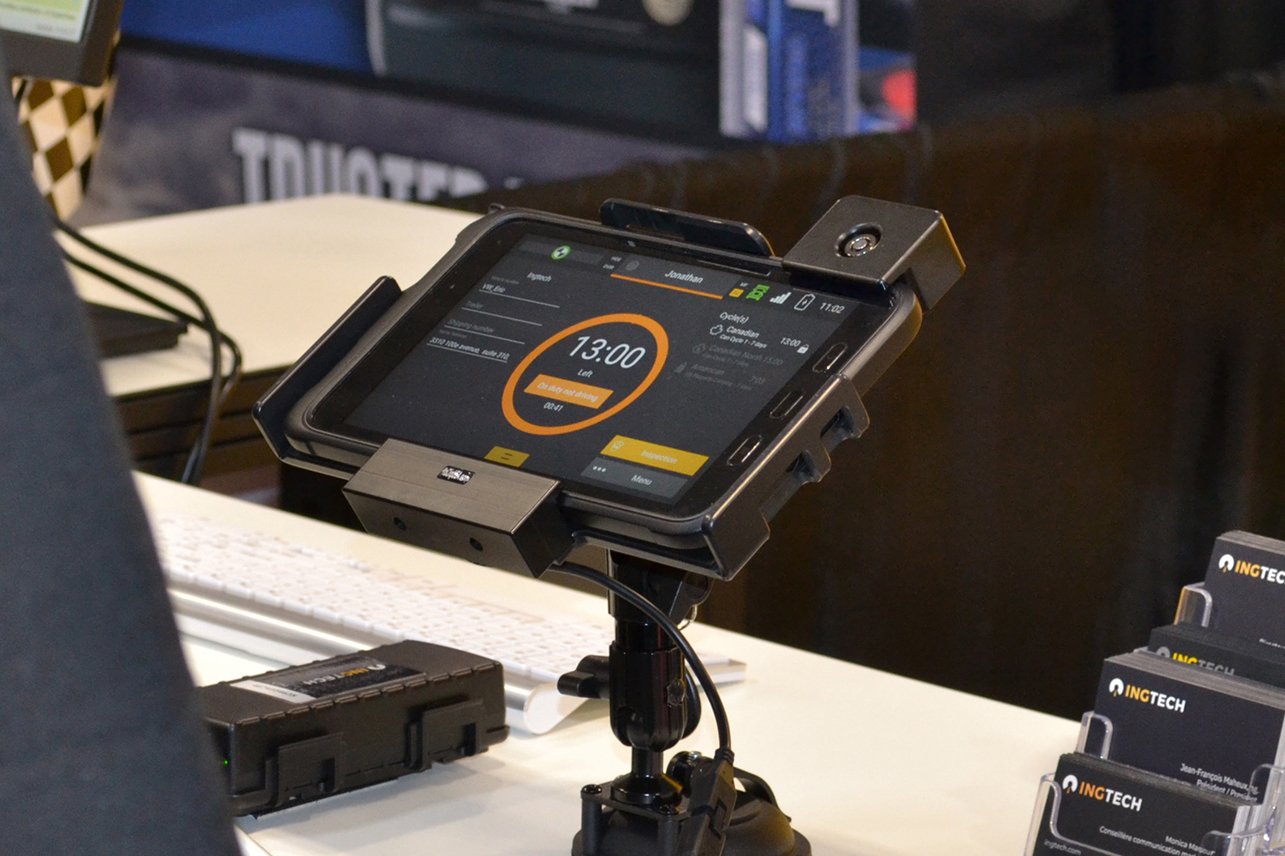The ELD is designed for two user groups - drivers and support staff. Drivers are primarily responsible for managing changes in activity related to hours of service (OFF, SB, D, ON) while ensuring the smooth operation of the ELD's automated processes. In addition, support staff have access to additional features that allows them to manage user accounts, manage certain settings and view reports generated by the ELD.
The primary purpouse of the ELD is to collect accurate real-time data related to the vehicle and its use in order to facilitate roadside inspection and auditing. Here are the event types that must be recorded by the ELD:
- A change in driver's duty status;
- An intermediate log;
- A change in driver's indication of authorized personal use of CMV or yard moves;
- A driver's certification/re-certification of records;
- A driver's login/logout activity;
- CMV's engine power up/shut down activity;
- A malfunction or data diagnostic detection occurrence;
- Off-duty time deferral;
- A cycle change;
- An change in operating jurisdiction;
- Additional hours not recorded. (CCATM)
The Automatic On-Board Recording Device (AOBRD) is essentially an earlier version of the ELD. Both devices are connected to the vehicle's engine in order to automatically collect data related to the vehicle's activities. However, the ELD is a much more powerful tool that collects a larger range of reliable data and in more detail. The precise data collected by the ELD relates to location, driving hours, status changes and more. In addition, the ELD is recognized as a more restrictive tool by automating data collection and limiting manual data modification or adjustment.
The majority of carriers are required to comply with a new legislation making the use of an electronic logging device (commonly known as an electronic logbook) mandatory aboard all their vehicles.
The Canadian mandate applies to federally regulated carriers operating outside a 160 km radius of their home terminal and currently required to maintain paper logs of their drivers' hours of service.
However, some exemptions are mentioned:
- Utility vehicles that are solely subject to provincial or territorial regulations.
- Although no formal legislation has been announced for Quebec, the intention to standardize provincial standards with the new Canadian mandate has been expressed.
- Utility vehicles with a statutory exemption.
- Utility vehicles leased for 30 days or less.
- Utility vehicles manufactured before 2000.
Unlike our U.S. neighbour, Canadian ELDs must be certified by a third party. Thus, once the business need identified and the decision made, any carrier wishing to equip itself with an ELD solution must first and foremost identify an adequate certified partner (more than just a supplier) who can guide it during its transition and ensure that it provides a solution tailored to the needs and operational reality of the company.






